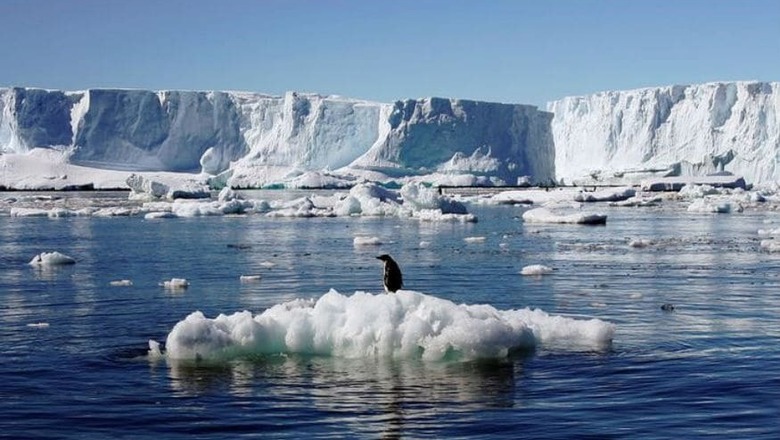
views
A plan to create the world's largest marine sanctuary in Antarctic waters was shot down when a key conservation summit failed to reach a consensus, with environmentalists on Saturday decrying a lack of scientific foresight.
Member states of the organisation tasked with overseeing the sustainable exploitation of the Southern Ocean failed at an annual meeting Friday to agree over the a 1.8 million square kilometre (1.1 million square miles) maritime protection zone.
The proposed sanctuary -- some five times the size of Germany -- would ban fishing in a vast area in the Weddell sea, protecting key species including seals, penguins and whales.
Consensus is needed from all 24 members of the Commission for the Conservation of Antarctic Marine Living Resources (CCAMLR) and the European Union.
But environmental groups say Russia and China -- whose concerns over compliance issues and fishing rights have proved key stumbling blocks in the past -- along with Norway, played a part in rejecting the plan.
"This was an historic opportunity to create the largest protected area on Earth in the Antarctic: safeguarding wildlife, tackling climate change and improving the health of our global oceans," Greenpeace's Frida Bengtsson said in a statement on Saturday.
"Twenty-two delegations came here to negotiate in good faith but, instead, serious scientific proposals for urgent marine protection were derailed by interventions which barely engaged with the science and made a mockery of any pretence of real deliberation."
Antarctica is home to penguins, seals, toothfish, whales and huge numbers of krill, a staple food for many species.
They are considered critical for scientists to study how marine ecosystems function and to understand the impacts of climate change on the ocean.
Plans were set out in 2009 to establish a series of marine protected area (MPAs) in the Southern Ocean allowing marine life to migrate between areas for breeding and foraging, but it has been slow going.
The CCAMLR summit, held in each year in Hobart, Australia, was able in 2016 to establish a massive US and New Zealand-backed MPA around the Ross Sea covering an area roughly the size of Britain, Germany and France combined.
As well as the huge Weddell Sea sanctuary, proposals to estbalish two further MPAs in East Antarctica and the Western Antarctic Peninsula were also dashed this year. Together, the three zones would cover close to three million square kilometres.
Andrea Kavanagh, head of The Pew Charitable Trusts' Antarctic and Southern Ocean work, described the failure to achieve an MPA designation as "discouraging".
"Without an East Antarctic MPA, critical foraging grounds for emperor and Adelie penguins, toothfish, and many other species will not be safeguarded," she said in a statement.
The CCAMLR released a statement saying the new MPAs were the "subject of much discussion" and would be considered again at next year's meeting.


















Comments
0 comment